28 Legendary Thai Street Foods You Need to Taste
Thai street foods represent a vibrant culinary landscape bursting with extraordinary flavors and cultural significance.
Wandering through bustling markets, you encounter an incredible array of delectable bites that tell stories of generations.
These remarkable dishes reflect complex regional traditions and local ingredients with remarkable depth.
Passionate vendors transform simple components into mouth-watering creations that tantalize taste buds and spark culinary curiosity.
Street food culture in thailand transcends mere eating, becoming a social experience that connects people through shared gastronomic moments.
Each recipe carries unique techniques passed down through families, representing regional identities and local pride.
The diversity of ingredients, cooking methods, and presentation styles makes street food a dynamic and ever-evolving culinary art form.
Prepare to dive into 28 legendary thai street foods that will transport you to the heart of authentic cuisine:
Legendary Thai Street Foods You’ll Crave
Streets in Thailand sizzle with energy and aroma. Street food stalls offer legendary dishes brimming with sweet, spicy, and tangy flavors.
Roti Canai
Roti canai are flaky, crispy Malaysian flatbreads with rich Indian roots that transform simple ingredients into a culinary masterpiece through expert layering techniques.
Migrant Indian laborers introduced this street food to Malaysia, creating a beloved regional staple with deep cultural connections.
Skilled bakers stretch and fold dough repeatedly to create multiple thin, buttery layers that crisp beautifully when pan-fried.
Ghee provides traditional richness, giving the bread its distinctive golden color and nutty flavor profile.
Malaysians typically serve roti canai with curry or daal for a satisfying breakfast or snack.
Surrounding countries like Indonesia, Brunei, and Thailand have also embraced this versatile bread.
Flour, water, eggs, and clarified butter form the basic ingredients for this popular dish.
Generations of regional cooks have perfected the delicate technique of creating these irresistible, layered flatbreads.
Thai Grilled Chicken (Kai Yang)
Kai yang bursts with authentic Thai flavors through its unique marinade blending soy sauce, ginger, white pepper, fish sauce, and aromatic herbs like cilantro and lemongrass.
Originating from northeastern Thailand's Lao communities, this grilled whole chicken dish has become a national favorite across the country.
Street stalls everywhere serve kai yang alongside sticky white rice and complementary dipping sauces that vary by region.
Skilled vendors carefully marinate the chicken to ensure deep, complex flavor penetration before grilling.
Northeastern regions prefer a sour sauce, while Central Thailand opts for a sweeter accompaniment.
Som tam, a fresh vegetable salad, frequently joins the plate as a zesty side dish.
Marinating techniques and precise grilling transform ordinary chicken into a mouthwatering meal.
Pad Thai
Pad Thai electrifies street food culture as Thailand's most celebrated noodle sensation, blending complex flavor profiles through a harmonious stir-fry of rice noodles, tofu, dried shrimp, bean sprouts, and eggs.
Culinary historians trace its roots to a national recipe contest following the 1932 revolution, where a winning combination emerged with strategic ingredients like radish, peanuts, and protein.
Chicken and pork frequently star as primary protein choices, enhancing the dish's robust character.
Authentic preparations balance sweet, sour, and salty notes through precise seasoning techniques.
Restaurant and street vendors across Thailand showcase this signature dish with remarkable consistency.
International popularity has transformed Pad Thai into a global ambassador of Thai cuisine.
Every bite offers a textural symphony of soft noodles, crunchy peanuts, and tender protein.
Street food enthusiasts worldwide celebrate this iconic noodle creation as a quintessential Thai gastronomic experience.
Khao Phat
Khao phat represents a classic Thai stir-fried rice dish bursting with vibrant flavors and simple ingredients.
Jasmine rice forms the essential base, distinguishing it from traditional Chinese fried rice preparations.
Fragrant onions, garlic, and green onions combine with scrambled eggs to create a satisfying one-pan meal.
Thai cooks typically enhance the dish with fish sauce, thin soy sauce, and a sprinkle of white pepper for depth.
Fresh lime juice adds a bright, tangy dimension to the rice mixture.
Restaurants and street vendors often serve khao phat topped with a crispy-fried egg for extra richness.
Diners complement the dish with a spicy nam pla prik sauce made from fish sauce and Thai chilis.
Versatile and quick to prepare, khao phat remains a beloved street food and home-cooked staple across Thailand.
Papaya Salad (Som Tam)
Som tam is a fiery Thai salad bursting with fresh ingredients and explosive flavors that originated in northeastern Thailand and Laos.
Green papaya serves as the signature ingredient, sliced into thin strips and mixed with roasted peanuts, green beans, and ripe tomatoes.
Street vendors and restaurants customize the dish by adjusting its core sauce, which typically includes garlic, chili peppers, fish sauce, dried shrimps, palm sugar, and tangy lime juice.
Diners can request personal modifications to spice levels and ingredient combinations.
Variations range from mild to extremely hot, depending on individual preferences.
Regional adaptations showcase unique local twists on this iconic salad.
Authentic preparations demand precise chopping and balanced seasoning to create a complex taste profile.
Each bite delivers a perfect harmony of sweet, sour, salty, and spicy elements that define Southeast Asian cuisine.
Tod Man Pla
Tod mun pla are zesty Thai fish cakes bursting with complex seafood flavors from fresh clown featherback fish, mixed with aromatic red curry paste and kaffir lime leaves.
Crafted by mixing flaked fish with eggs and green beans, these crispy patties deliver a punch of Southeast Asian taste sensations.
Crunchy on the outside and tender inside, the fish cakes are typically deep-fried until golden brown.
Street vendors and home cooks across Thailand frequently prepare this popular appetizer.
Cucumber relish or spicy sriracha sauce often accompanies the cakes, enhancing their tangy profile.
Each bite combines fresh fish with fragrant herbs and spices.
Restaurants serve them as starters or light meals, while home kitchens enjoy them as quick snacks.
Diners can savor these versatile fish cakes with steamed rice for a complete meal.
Nang Kai Thot
Nang kai thot are crispy deep-fried chicken skin pieces that transform a typically discarded ingredient into a crunchy, irresistible Thai street snack.
Thai vendors meticulously prepare these golden morsels by first boiling chicken skin, then seasoning it with a unique blend of spices like salt, pepper, cilantro powder, and garlic powder.
Chicken breast skin works best for achieving maximum crispiness, though other skin sections can also be used.
Soy sauce and chicken flavoring powder often enhance the seasoning mix.
Each street food vendor brings their personal touch to the recipe, creating slight variations in flavor.
Seasoned flour provides an extra layer of texture before frying.
Hot oil quickly transforms the skin into a golden, crackling treat.
The snack's popularity stems from its simple yet addictive nature, turning what many consider waste into a beloved street food delicacy.
Phak Bung Fai Daeng
Phak bung fai daeng electrifies Thai street cuisine with its bold, lightning-fast stir-fry technique that transforms Chinese water morning glory into a spicy vegetable sensation.
Crimson birds eye chilis spark intense heat throughout the dish, creating a fiery flavor profile that awakens taste buds.
Soybean sauce, oyster sauce, fish sauce, and salted soybean paste blend into a complex umami base that complements the crisp greens.
Quick frying preserves the vegetable's vibrant emerald color and crunchy texture.
Chefs toss ingredients rapidly over high flames, ensuring each bite bursts with fresh, zesty flavors.
Sugar balances the spiciness while chicken broth or water helps steam the vegetables.
Popular street vendors across Thailand serve this meatless dish as a standalone meal or alongside steamed rice.
Affordable and quick to prepare, phak bung fai daeng represents the dynamic spirit of Thai street food culture.
Sai Krok Isan
Sai krok Isan is a tangy fermented Thai sausage bursting with complex flavors from the northeastern Isan region.
Traditional street vendors craft this unique delicacy by combining ground pork, sticky rice, garlic, salt, and pepper in natural casings.
Fermentation under intense sunlight develops its signature sour profile over several hours or days.
Street carts and markets frequently grill these zesty sausages on sticks, making them a popular quick breakfast or snack.
Thais enjoy pairing the sausages with raw chilis, fresh ginger, garlic, and crisp vegetables.
Each bite delivers a perfect balance of saltiness and tanginess that reflects the region's bold culinary traditions.
Authentic preparation requires careful fermentation and high-quality ingredients.
Generations have passed down this distinctive sausage-making technique through family recipes and local food culture.
Miang Kham
Miang kham are zesty, interactive Thai and Lao appetizer bites where diners wrap custom flavor combinations in wild piper leaves.
Guests create personalized bundles by selecting from an array of finely chopped ingredients like roasted peanuts, ginger, birds eye chili peppers, shallots, toasted coconut, and tiny dried shrimps.
Each bite delivers an explosive mix of sweet, sour, salty, and spicy flavors that dance across the palate.
Traditionally served with a complex sauce blending shrimp paste, sugar, tamarind, roasted coconuts, and peanuts, the dish encourages social interaction and culinary creativity.
Wild piper leaves form the edible wrapper for these aromatic ingredient bundles.
Ingredients are carefully sliced and arranged on a large plate for easy assembly.
Diners craft their perfect bite by selecting desired components and wrapping them in the fragrant leaf.
Khao Kha Mu
Khao kha mu represents a mouthwatering Thai street food specialty featuring slow-braised pork leg infused with aromatic spices like anise, coriander, five-spice powder, soy sauce, and cinnamon.
Street vendors across Thailand carefully prepare this dish by searing and braising the pork until incredibly tender and succulent.
Each serving typically includes sliced pork meat with layers of lean meat and glutinous skin draped over steamed rice.
Boiled eggs and mustard greens complement the rich protein, adding balance and freshness to the plate.
Diners can choose between ordering a whole leg or smaller portions at street food stalls.
Cooking requires precise spice combinations and slow-braising techniques that transform tough meat into a melt-in-your-mouth delicacy.
Generations of Thai families have enjoyed this beloved comfort food that captures complex flavor profiles in one satisfying meal.
The dish exemplifies Thailand's remarkable street food culture and culinary expertise.
Kuai-Tiao Ruea
Boat noodles combine complex Thai street flavors through a hearty soup traditionally sold from riverine vessels in Bangkok's intricate canal networks.
Beef broth forms the rich foundation, simmered with deep spices and aromatic seasonings that infuse each slurp with intense umami.
Multiple noodle varieties serve as the primary canvas, absorbing the dark, flavorful liquid that defines this iconic street dish.
Protein options typically include tender beef, succulent pork, and delicate meatballs that complement the broth's depth.
Crisp bean sprouts and morning glory vegetables add fresh textural contrast to the robust soup.
Small serving portions allow diners to sample multiple bowls and enjoy varied flavor combinations.
Street vendors continue this centuries-old culinary tradition, maintaining boat noodles as a beloved Bangkok street food experience.
Sai Ua
Sai ua is a fiery Northern Thai sausage bursting with complex spice blends and aromatic herbs that transforms ground pork into a culinary masterpiece.
Regional Thai recipes feature this distinctive sausage combining ground pork with intense red curry paste and carefully selected seasonings like kaffir lime leaves, green onions, and cilantro stems.
Galangal, lemongrass, chilis, and fermented shrimp paste create its signature explosive flavor profile that distinguishes sai ua from other regional sausages.
Modern variations allow cooks to shape the meat into patties, balls, or caseless links that can be broiled, baked, or fried.
Street vendors and restaurants across Northern Thailand serve sai ua as a popular appetizer or protein accompaniment to main dishes.
Authentic recipes demand precise herb and spice proportions to achieve maximum taste complexity.
Khao Tom
Khao tom is a comforting Thai rice soup celebrated for its rich, aromatic broth and versatile nature.
Originating in Thailand, this hearty dish features cooked rice swimming in a fragrant liquid infused with lemongrass, galangal, shallots, and garlic.
Cooks typically season the soup with fish sauce, soy sauce, and a splash of lime juice for depth and brightness.
Small protein additions like pork balls, shredded chicken, shrimp, fish, or eggs transform the simple soup into a complete meal.
Ingredients are carefully selected to create a balanced flavor profile that warms you from the inside out.
Diners enjoy this nourishing soup year-round, appreciating its simplicity and comforting qualities.
Thai Congee (Chok)
Chok represents a comforting Thai rice porridge crafted from jasmine rice simmered in savory chicken or pork broth until luxuriously thick.
Warm and nourishing, this traditional breakfast staple transforms simple ingredients into a satisfying meal packed with protein options like tender pork meatballs, delicate liver slices, succulent shredded chicken, or fresh seafood.
Thai cooks enhance the porridge's flavor profile with classic seasonings including fish sauce, garlic, white pepper, and soy sauce.
Garnishes of slivered ginger, crispy fried garlic, fresh spring onions, and chopped cilantro add layers of texture and aroma.
Complemented by crisp Thai donuts, chok provides a hearty start to any morning.
Pla Muek Yang
Pla muek yang sizzles as a mouthwatering Thai street seafood specialty featuring chargrilled squid glazed with an electrifying sauce.
Lime juice, fish sauce, garlic, chilis, coriander roots, and sugar create its signature tangy-spicy flavor profile that tingles taste buds.
Roadside vendors across Thailand grill fresh squid over high heat until perfectly charred and slightly crispy.
Generous toppings of crushed peanuts and fresh coriander leaves add crunch and herbal brightness to the dish.
Diners enjoy this quick, affordable street food as a popular appetizer or light meal.
Bangkok street markets frequently showcase this iconic grilled squid preparation.
Seafood lovers appreciate its bold, complex seasonings and simple cooking technique.
Grilling transforms the squid into a tender, smoky delicacy that highlights Thailand's vibrant street food culture.
Crispy Thai Pork Rinds (Khaep Mu)
Khaep mu are crispy, puffed pork rinds beloved across Thailand as a savory street snack with deep cultural roots.
Thai culinary traditions transform pork skin into a crunchy delicacy through careful curing and deep-frying techniques.
Minimal fat remains on the skin during preparation, ensuring maximum crispiness and texture.
Traditional methods involve drying the pork skin before frying it to achieve its signature puffy appearance.
Vendors often serve these golden-brown snacks with spicy chili-based nam phrik sauce for added flavor complexity.
Street markets and food stalls commonly feature khaep mu as a quick, satisfying treat.
Salt and careful preparation contribute to the rind's irresistible crunch and widespread popularity among locals and travelers.
Yen Ta Fo
Yen ta fo is a distinctive Thai soup renowned for its striking pink broth made from fermented red bean curd, creating a unique tangy and savory flavor profile.
Originating in Bangkok's street food scene, this vibrant noodle dish combines multiple textures and ingredients like tender fish balls, crispy fried tofu, and succulent seafood.
Silky rice noodles swim in the aromatic chicken or pork-based broth, offering a complex taste experience with each spoonful.
Chopped water morning glory adds a fresh green contrast to the pink-hued liquid, enhancing both visual appeal and nutritional value.
Squid and shrimp contribute additional protein and maritime richness to the bowl's composition.
Vendors carefully balance seasonings to ensure a perfect blend of salty, sweet, and umami notes.
Thai Meat Hotpot With Galangal And Lemongrass (Chim Chum)
Nam chim chum spotlights Thailand's interactive communal dining culture through a simmering clay pot meal where diners cook fresh ingredients at their table.
Diners receive a fragrant herbal broth infused with galangal, lemongrass, and Thai basil as the foundational flavor base.
Marinated proteins like pork, chicken, or tofu accompany colorful vegetable selections ready for quick cooking.
Participants add raw ingredients directly into the steaming broth, creating personalized combinations with each bite.
Traditional earthenware pots conduct heat evenly and maintain temperature throughout the meal.
Restaurants and home cooks prepare this dish as a social dining experience that encourages conversation and shared enjoyment.
Seasonal vegetables and proteins vary depending on regional availability and personal preferences.
Low-fat cooking methods and fresh ingredients make nam chim chum a nutritious and engaging meal option.
Luk Chin Ping
Luk chin ping are savory Thai street food meatballs grilled or deep-fried with ground meat and aromatic herbs that burst with flavor.
Street vendors across Thailand expertly craft these skewered delicacies using beef or pork mixed with carefully selected seasonings.
Small round balls emerge crispy on the outside and juicy inside, creating an irresistible texture.
Each skewer offers a perfect bite-sized snack that appeals to all ages.
Sweet-and-spicy dipping sauces complement the meat's rich taste.
Bamboo skewers make these meatballs easy to handle and eat on the go.
Affordable and quick, these meatballs satisfy hunger instantly.
Tourists and locals enjoy this popular Thai street food at markets and roadside stalls.
Khao Khluk Kapi
Khao khluk kapi embodies Bangkok street food culture through its complex layering of flavors and textures from traditional Thai cuisine.
Shrimp paste provides a rich, umami foundation for the fried rice, transforming simple grains into a dynamic culinary experience.
Crispy dried shrimps add sharp crunchiness to each bite, complementing the soft rice base.
Sweet pork or chicken slices contribute depth and protein to the dish.
Raw mango gratings introduce a tangy brightness that cuts through the richness.
Red onions, green onions, and cilantro provide fresh herbal notes and aromatic complexity.
Omelet shavings offer a subtle egg-based richness to the overall composition.
Cool cucumber pieces balance the intense flavors, creating a harmonious street food masterpiece that reflects Thailand's vibrant food traditions.
Thai-Style Omelet With Mussels Or Oysters (Hoy Tod)
Hoy tod is a crispy Thai street food omelet bursting with seafood and bean sprouts, expertly fried to golden perfection.
Originating in Thailand, this popular dish combines plump oysters or mussels with a savory egg batter that creates a crunchy exterior and tender interior.
Street vendors across Bangkok and other Thai cities prepare the omelet by coating fresh seafood and bean sprouts in whisked eggs before deep-frying until edges turn crispy and brown.
Diners typically enjoy hoy tod with a variety of zesty condiments like spicy green chili sauce, tangy fish sauce with chili peppers, or classic tomato sauce.
Restaurants and food stalls nationwide serve this beloved dish as a quick, affordable meal that showcases Thailand's vibrant culinary traditions.
Spring onions often garnish the top, adding a fresh, sharp note to the rich seafood base.
Deep-Fried Silk Worms (Hon Mhai)
Hon mhai are crispy, protein-packed silk worm delicacies that dominate Bangkok's street food scene with their unique texture and surprising crunch.
Vendors carefully deep-fry the insects until golden brown, transforming them into a savory snack that attracts both locals and adventurous travelers.
Street cart sellers season the worms with salt, pepper, and occasionally a secret spice blend that enhances their natural flavor.
Thailand's insect cuisine reflects a sustainable protein source that provides essential nutrients and offers an alternative to traditional meat options.
Silk worms naturally contain high protein levels and minerals that make them a nutritious choice for health-conscious eaters.
Bangkok markets frequently feature these crunchy treats as quick, affordable street food that challenges Western dietary expectations.
Culinary traditions in Southeast Asia have long embraced insects as a standard protein source, making hon mhai a normalized delicacy.
Thai Crab Omelet (Kai Jeow Pu)
Kai jeow pu stands as a spectacular Thai street food delicacy featuring a crispy, golden-brown omelet stuffed with fresh crabmeat.
Seafood lovers prize this dish for its intense umami flavor and simple preparation method.
Thai vendors expertly craft the omelet by frying eggs in scorching oil until edges become perfectly crisp and golden.
Eggs are layered with succulent crabmeat, creating a rich and satisfying texture.
Fish sauce adds depth and saltiness to the overall taste profile.
Street markets and small restaurants across Thailand serve this popular dish as a quick, protein-packed meal.
Rural and urban areas celebrate kai jeow pu as a beloved comfort food that reflects Thailand's coastal culinary traditions.
Malang Tod
Malang tod are crispy deep-fried insects popular in Thai street food culture, delivering a protein-packed snack with exceptional nutritional value.
Vendors carefully select crickets, beetles, worms, and grasshoppers as primary ingredients for this unique delicacy.
Crunchy insects transform into golden-brown morsels through careful deep-frying techniques.
Traditional seasoning includes light sprinkles of pepper and soy or fish sauce to enhance natural flavors.
Insects provide significant protein compared to conventional meat sources, making malang tod a sustainable protein alternative.
Adventurous eaters enjoy these crunchy bites as casual street snacks across Thailand.
Nutritionists recognize insect consumption as an emerging global protein trend.
Southeast Asian cuisines have long embraced these protein-rich critters as standard dietary components.
Kung Thot Krathiam Phrik Thai
Kung thot krathiam phrik thai represents a bold Thai shrimp stir-fry bursting with intense garlic and pepper flavors.
Authentic preparations marinate succulent shrimp in a blend of fish sauce, soy sauce, oyster sauce, sugar, and ground white pepper before quickly frying them with minced garlic.
Restaurants typically serve this zesty dish over fragrant jasmine rice accompanied by fresh tomato and cucumber slices.
Thai home cooks frequently customize the recipe with slight variations in seasoning proportions.
Complementary prik nam pla sauce made from birds eye chilis, fish sauce, garlic, sugar, and lime juice adds extra heat and complexity.
Quick cooking methods preserve the shrimp's tender texture and prevent overcooking.
Each bite delivers a perfect balance of savory, sweet, and spicy elements.
Regional ingredients and personal preferences influence the final taste profile of this popular street food staple.
Oh Tao
Oh tao is a savory Phuket street food bursting with Hokkien Chinese culinary heritage that combines boiled taro root, oysters, and crispy pork rinds into a flavor-packed delicacy.
Street vendors frequently wrap this sizzling dish in banana leaves, offering an authentic dining experience.
Ingredients like eggs, flour, garlic, onions, and dried chilis create its complex taste profile.
Bean sprouts add crunch and texture to the mixture.
Seafood variations sometimes replace oysters with squids or prawns.
Cooking involves frying all ingredients until thoroughly blended.
Vendors typically serve oh tao with extra bean sprouts and a sweet-spicy dipping sauce.
The dish represents a perfect balance of crispy, soft, and umami flavors that make it a beloved street food in Phuket.
Dancing Shrimp (Goong Ten)
Goong ten sparks culinary adventure through live freshwater shrimp that actively jump and wiggle on plates across Northern Thailand.
Small, translucent creatures leap around seasoned with zesty lime juice, creating a dramatic eating experience.
Thai chefs prepare this unique street food by mixing raw shrimp with fragrant herbs like cilantro and mint.
Spicy chili peppers intensify the dish's bold flavor profile.
Fish sauce adds deep umami complexity to the mixture.
Lime provides sharp, tangy undertones that balance the seafood's natural sweetness.
Careful preparation happens seconds before serving to maintain the shrimp's movement.
Diners enjoy this daring delicacy as a thrilling sensory challenge that tests culinary boundaries.
Is Thai Street Food Usually Spicy?
Thai street food is renowned worldwide for its bold flavors, and spiciness is often a key component. However, the level of heat can vary depending on the dish and personal preferences. Here’s what to know about spiciness in Thai street food:




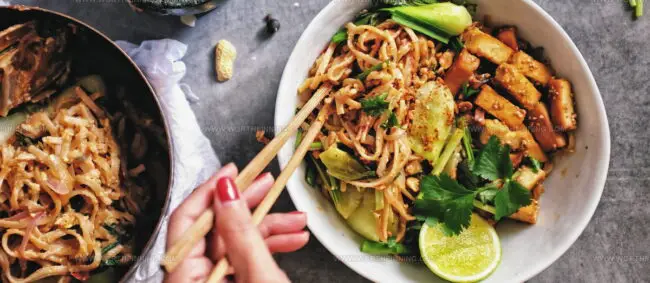
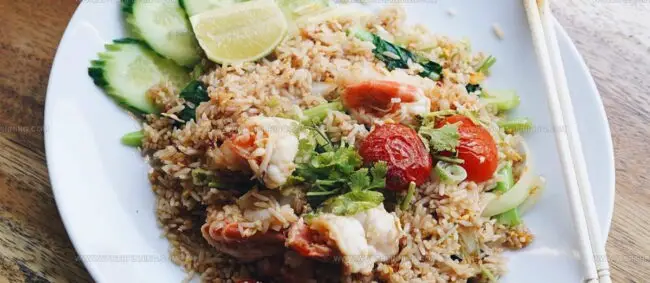
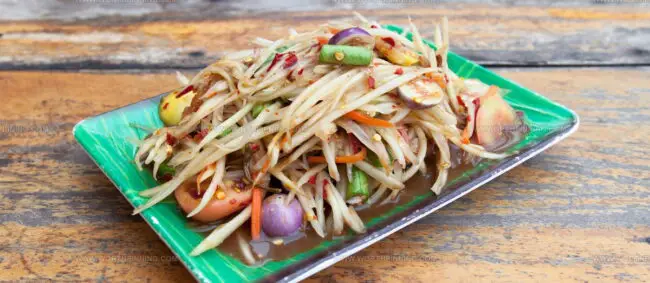
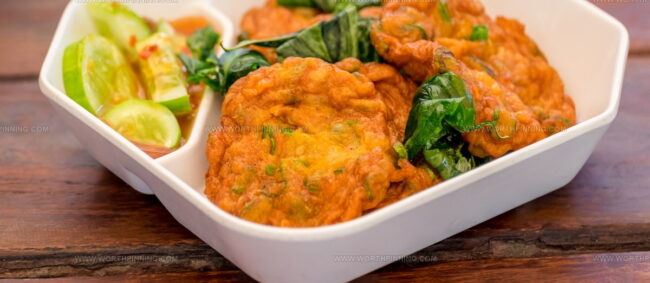
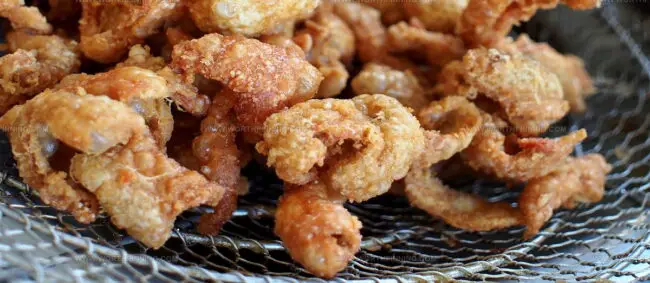


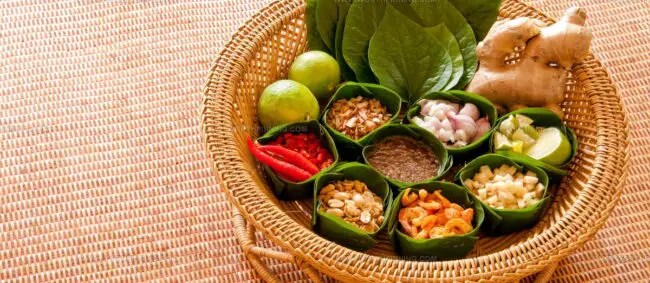

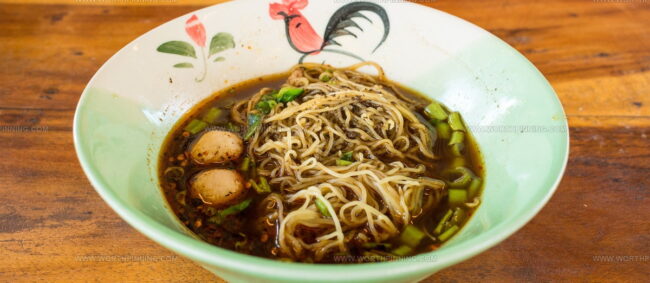
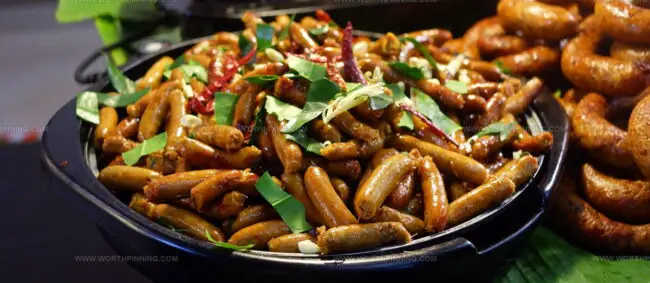
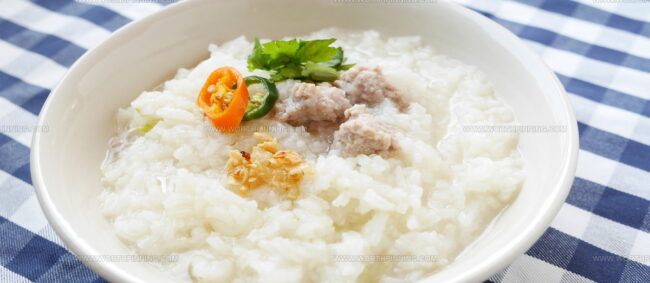
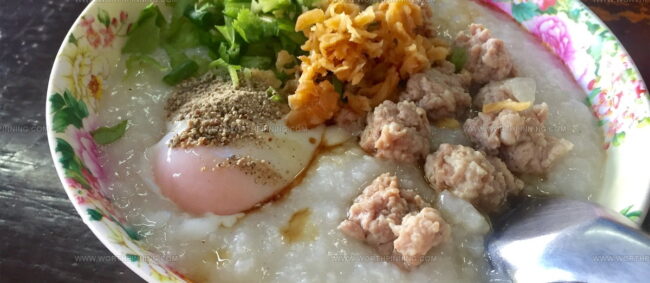

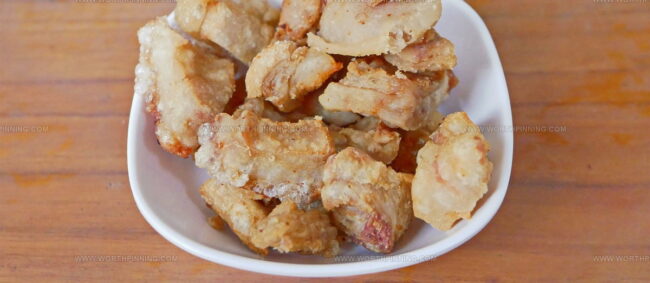
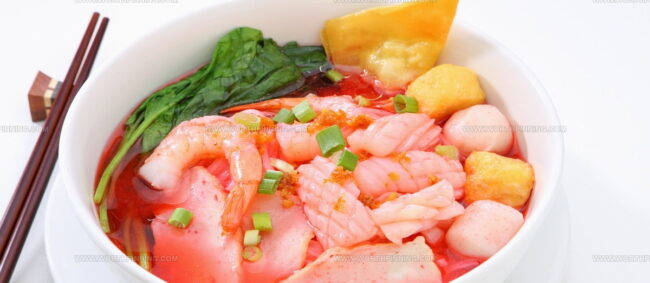
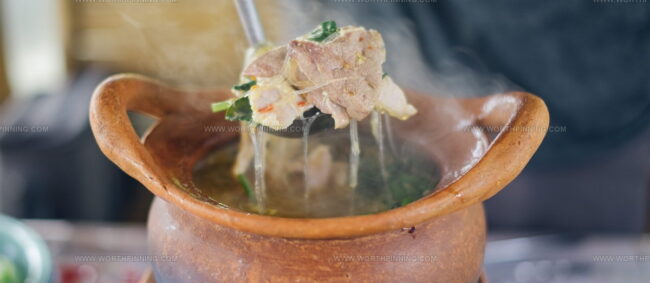


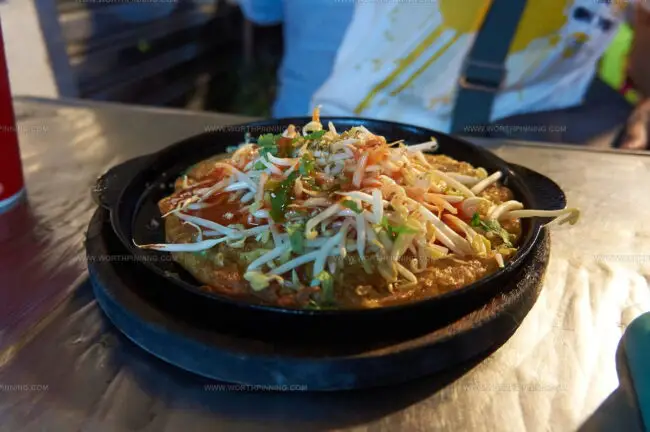
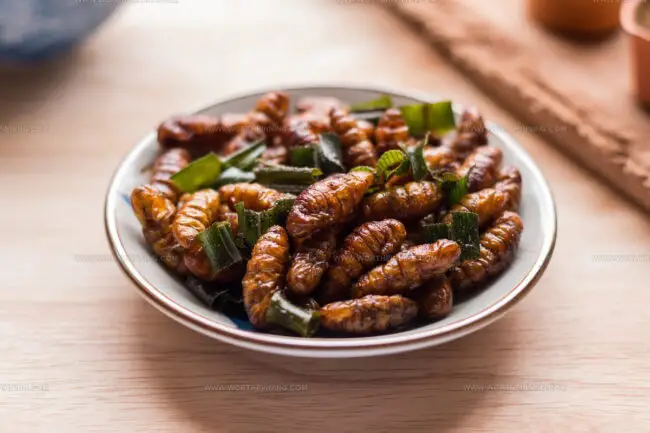
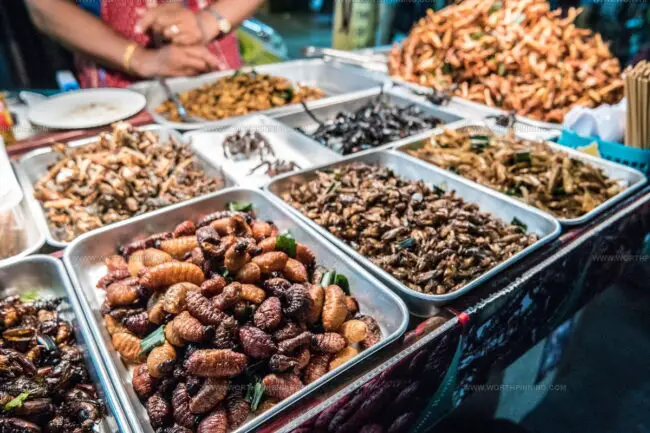
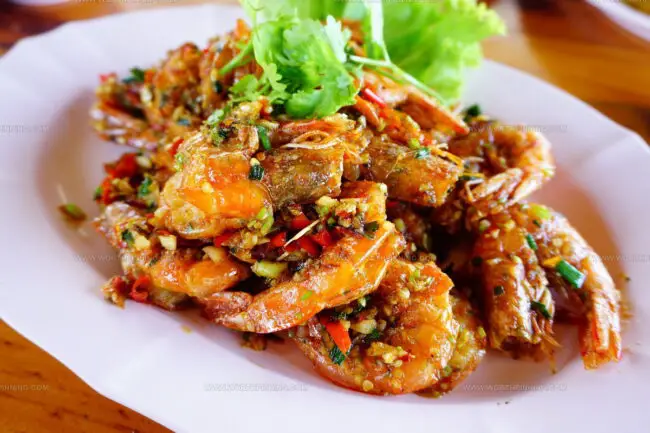
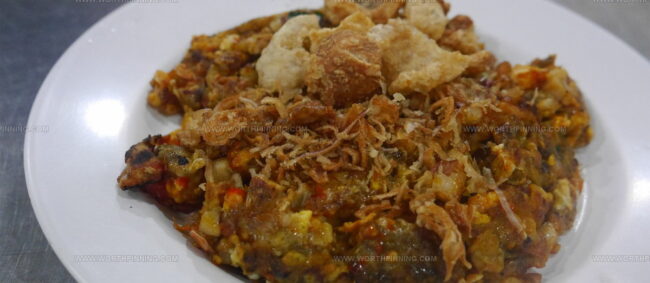
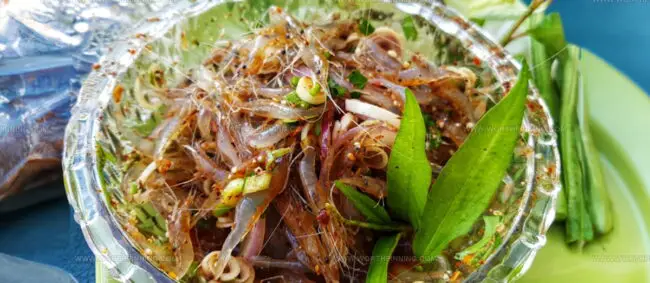

Ethan Miller
Founder & Lead Content Writer
Expertise
Education
Portland Community College
Culinary Institute of the Pacific
Ethan’s culinary journey began in his grandmother’s kitchen, where he first learned to play with flavors and ingredients. With formal training in culinary arts and a deep love for international cuisines, Ethan’s goal is to share the joy of cooking with others.
He believes food is all about creativity and bringing people together, one meal at a time. When he’s not experimenting with new dishes, he enjoys hiking in the Oregon wilderness and discovering fresh, local ingredients.